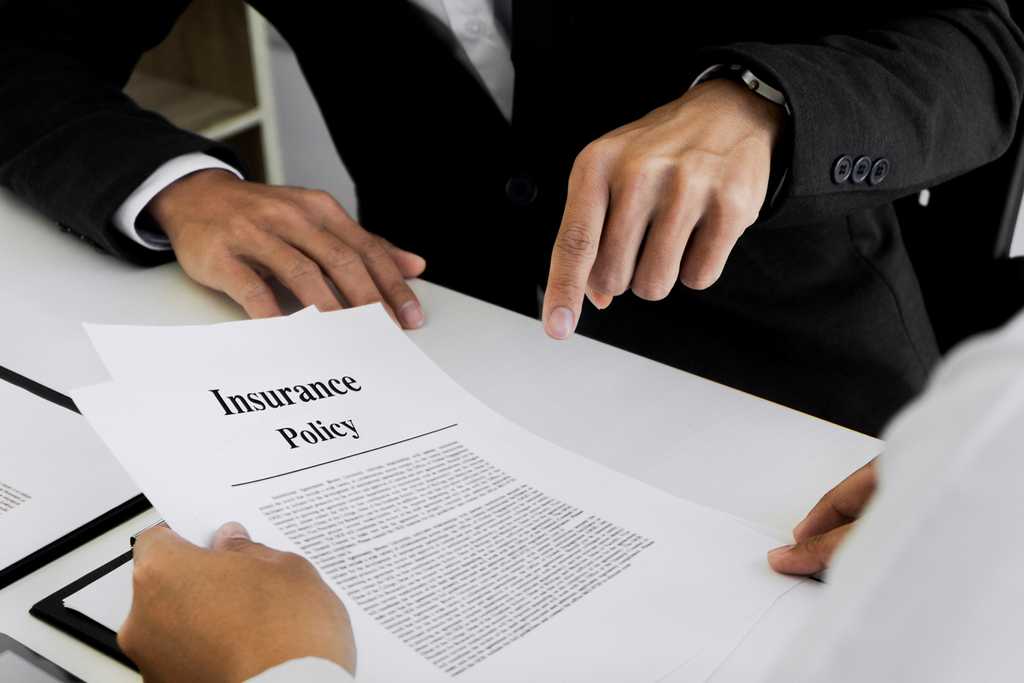Auto insurance is required in most states. If you’ve never heard the term PLPD insurance before, you’re not alone. However, you may have been carrying this type of insurance for a while as it’s one of the most basic types of coverage.
PLPD insurance can protect you in the event that you’re responsible for a car accident that causes property or bodily damage to someone else. Here’s what you need to know about PLPD insurance and how it works.
What is PLPD Insurance?
PLPD insurance stands for personal liability and property damage insurance. It’s most commonly referred to as just ‘liability insurance’ and goes into effect whenever you’re found responsible for a car accident.
The personal liability part of this insurance helps to cover any damages done to the other person and their passengers whether it’s medical bills or lost wages due to any prolonged injuries. This is also commonly referred to as “bodily injury” coverage.
The property damage aspect of PLPD insurance covers damages to the other person's car as a result of the crash. In some cases, your insurance coverage could pay for a rental vehicle for the other driver while their car is in the shop getting repairs. Property damage coverage can also cover damages like a mailbox or fence if it’s damaged as a result of the accident.
What is the difference between full coverage and PLPD?
PLPD insurance only allows coverage for the other person’s vehicle and property damage when an accident is your fault. Full coverage auto insurance will also provide coverage to your vehicle and property as well.
Full coverage is more expensive because it includes comprehensive and collision coverage. Collision insurance includes coverage for the costs to repair or replace a car after an accident. Comprehensive insurance covers repairs or expenses for your car for non-accident instances whether your vehicle is damaged due to weather conditions or another issue.
In some cases, you can add features to your full coverage such as uninsured motorist which would provide protection if your car gets hit by someone without insurance. According to Wallet Hub, liability insurance is 64% cheaper than full coverage. Full coverage is not generally required but it may be if you are leasing or financing your car.
How much PLPD insurance is required?
PLPD insurance is required in most states but each state has its own coverage requirements. The most common limit is 25/50 which amounts to $25,000/$50,000. PLPD insurance, however, is typically written with three numbers such as 25/50/20. The first two numbers are personal liability while the third number represents property damage coverage.
This amount of coverage is often per person, per accident but it also depends on the specific rules of each state. California is an exception with much lower minimum PLPD insurance requirements such as:
- $15,000 (per person) bodily injury liability
- $5,000 (per accident) property damage
- $30,000 bodily injury/ death liability to more than one person
Florida also has different and much lower liability insurance requirements but most other states follow the 25/50/20 guidelines.
How Much PLPD Coverage Do I Need?
While the state minimums are a great place to start when considering PLPD insurance, keep in mind that if you’re responsible for an accident and the damage exceeds those amounts, you could be on the hook to pay the difference.
For example, let’s say you have PLPD insurance with 25/50/20 coverage. The person in the other vehicle gets injured (after a collision that is considered your fault) and has medical costs totaling $27,000. Since your insurance only covers $25,000, you’d be on the hook for paying the remaining $2,000. Or, let’s say the property damage costs more than $20,000. You’d have to pay the difference.
When considering how much PLPD coverage you need, start with your state minimum first. Then, consider your budget and how much you can afford to pay each month. Most insurance companies already have factors built into their rate such as how safe your state or area is for drivers. Shop around with different insurance providers to see which one will give you the best rate for the coverage you’d like.
Summary
If you’re going to be driving, PLPD insurance is a must to consider and may even be required by your state. It’s important to have some coverage in case anything happens to another vehicle. That way, you’re not worrying about how to pay for your vehicle repairs or medical expenses along with someone else’s.
Compare the costs and features of PLPD insurance and full coverage. Then, start shopping around to see which quote will work for your budget. You can also work on improving your credit score to potentially lower your insurance rate as well since credit is another important factor.

